‘Art in the Age of Human Impact’: New exhibition at UMass explores complex relationship between humans and nature
| Published: 04-04-2025 10:34 AM |
The total impact that humans have had on the environment may be hard to measure, but a new exhibition at the University of Massachusetts Amherst’s University Museum of Contemporary Art, running through Friday, May 9, aims to show some of that impact and create conversations about how artists respond to it with their work.
Curators Adeyemi Adebayo, Eva Barajas, and Bo Kim, all MFA candidates at UMass, started working on the exhibition last July, primarily over Zoom meetings, a process Adebayo said was “just as challenging as it was very, very interesting and very productive.” In putting the show together, they drew from the museum’s permanent collection, choosing works that would “reflect on themes of transformation, human intervention, and the tension between destruction and conservation during the Anthropocene era,” according to a press release.
Even though the exhibition is about the Anthropocene, the era in which human activity has had the biggest impact on the planet, the group decided against including the word in their exhibition title on the grounds that it might be inaccessible to some visitors – plus, said Barajas, the team didn’t want to “center humans as the only thing that has agency and impact on the earth.” Instead, they decided to call the show “(Off)Balance: Art in the Age of Human Impact,” which Barajas said was not only “more inviting” but also looks better on a wall – an important factor, given that the team is made of visual artists.
The exhibition includes photos, paintings, lithographs, drawings, and installations. One of Adebayo’s favorite works in the show is Edward Burtynsky’s “Silver Lake Operations #2, Lake Lefroy, Western Australia,” a photo of an Australian gold mine, which appears to bleed pollution into the area around it. The photo, he said, is “very eye-catching and very beautiful. It feels almost like a painting, but then you start to learn more about it.” Ultimately, he pointed out, the photo is a paradox – its beauty represents damage. Kim, likewise, noted that “Off” in the title is in parentheses because it mirrors the paradox of yin and yang: “Sometimes, off-balance is a balance, but a balance is not off-balance.”
One of Barajas’ favorites, Victor Mira’s “Time is an Arrow Stopped in Mid-Air,” represents the collusion of humanity and nature in a different sense: the work, which looks like a cave painting of a deer head with prominent, arguably aggressive, teeth, has “one singular gaze that is both confronting and inviting the audience,” she said, and “remind[s] us of our place in this very long arc of history.”
As a way of connecting to the community, the exhibition will also feature two upcoming workshops: a drawing workshop on Tuesday, April 22 – Earth Day – from 3 to 5 p.m. in the lobby of the Bromery Center; and a conversation on “educational access, joy, creative labor, and equity in art practice,” according to a press release, held virtually on Friday, April 25, from 10:30 a.m. to 1:30 p.m.
Curiously, the show’s press release notes that the human influence on the natural world is “both essential and disruptive” – in other words, the exhibit isn’t a straightforward condemnation of it. To Barajas, the notion of “essential and disruptive” means, “We are just as much a part of the land as the land is a part of us” – with “everything, good or bad.”
“When we make disruption into the land, whether it be for farming or for industry, disruptions disrupt us just as much as they disrupt the land that we’re still working on,” she said.
Article continues after...
Yesterday's Most Read Articles
 Driver taken to Springfield hospital after 18-wheeler rollover in Shutesbury
Driver taken to Springfield hospital after 18-wheeler rollover in Shutesbury
 Removed Bridge of Flowers plants to have second act through annual plant sale
Removed Bridge of Flowers plants to have second act through annual plant sale
 My Turn: ADUs — The owner is gone, and so is granny
My Turn: ADUs — The owner is gone, and so is granny
 Greenfield native Kate Bitters runs Boston Marathon to support Dana-Farber and late father
Greenfield native Kate Bitters runs Boston Marathon to support Dana-Farber and late father
 Hilchey bests Wolfram for Deerfield Selectboard seat
Hilchey bests Wolfram for Deerfield Selectboard seat
 Northfield man dies in Erving motorcycle crash; Bernardston man injured in Deerfield crash
Northfield man dies in Erving motorcycle crash; Bernardston man injured in Deerfield crash
Her interview actually provided a great example of this: while speaking with the Gazette, Barajas noted that she was congested due to recent pollen. City planners, she said, often want to avoid the mess that comes with planting female trees, which bear fruit, so instead, they plant male trees, which produce pollen, making springtime worse for people already prone to allergies. Doing so, she said, is “something based on our aesthetic and our convenience, and the result is something that impacts everything.”
“The environment has its own needs, and we are subject to those needs just as much, and we can’t separate ourselves from that,” she said. “The fact that we keep trying is part of the problem that we keep running into over and over again.”
The curators want audiences to take away an understanding of how humans and nature impact each other.
“I genuinely hope the exhibition raises more questions than answers about how individual expression can contribute to sustainability,” Adebayo said.
“The earth has been around longer than us, and it will keep going long beyond us,” said Barajas. “The extent to which we can control what is happening around us is always going to be limited … But in what ways do we leave our atoms behind?”
The University Museum of Contemporary Art is open from 11 a.m. to 4:30 p.m. Tuesday through Friday, from noon to 4 p.m. Saturday and Sunday, and every first Thursday until 8 p.m. Admission is free.
Carolyn Brown can be reached at cbrown@gazettenet.com.

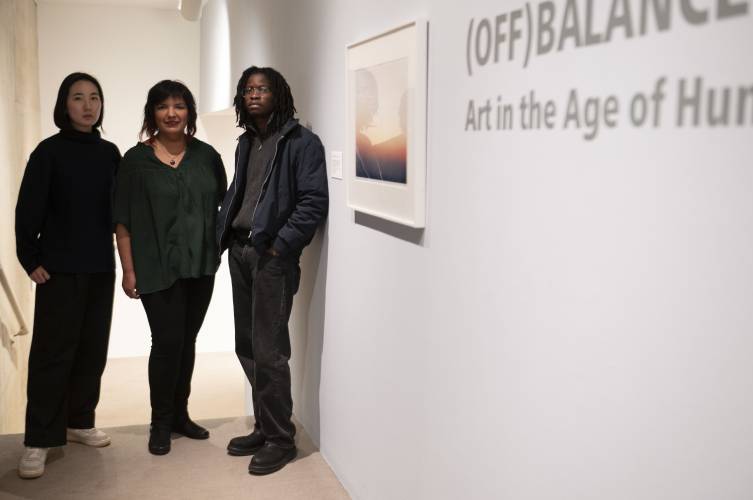
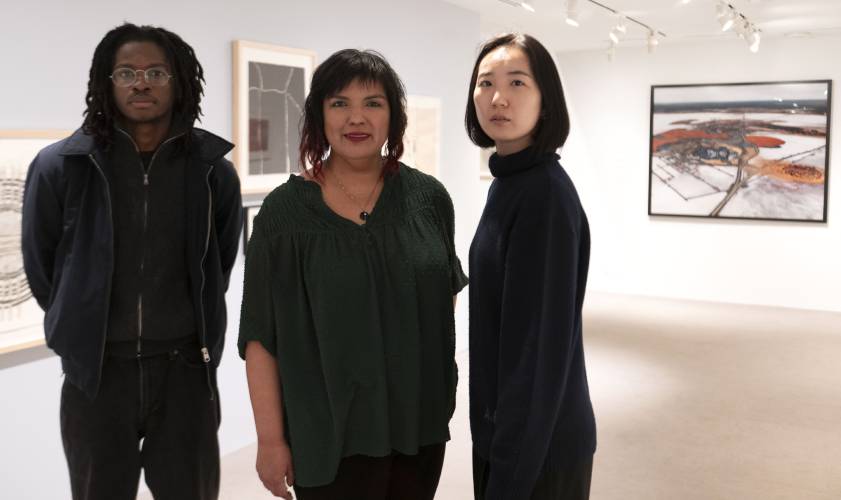
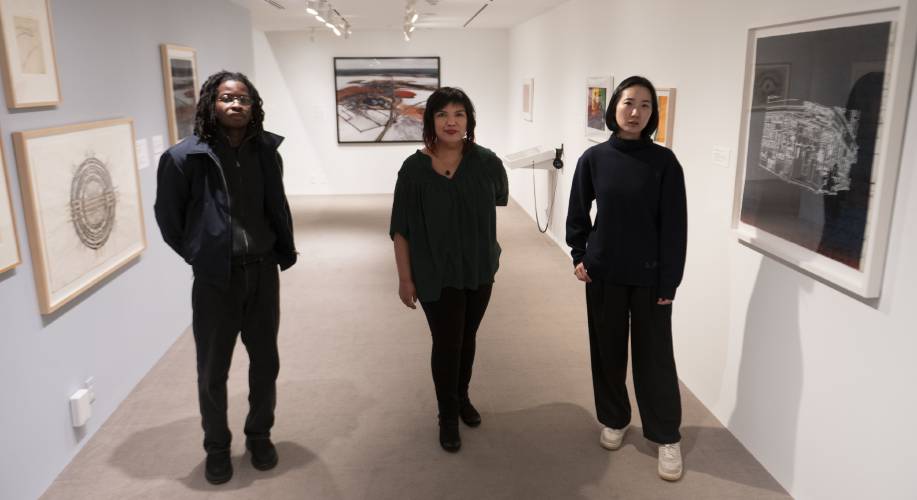
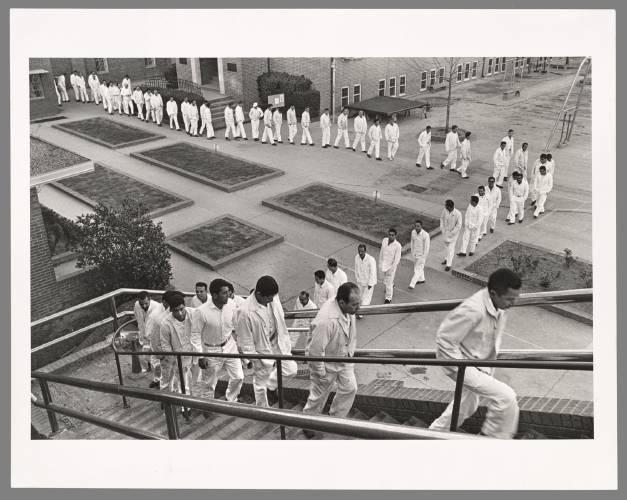
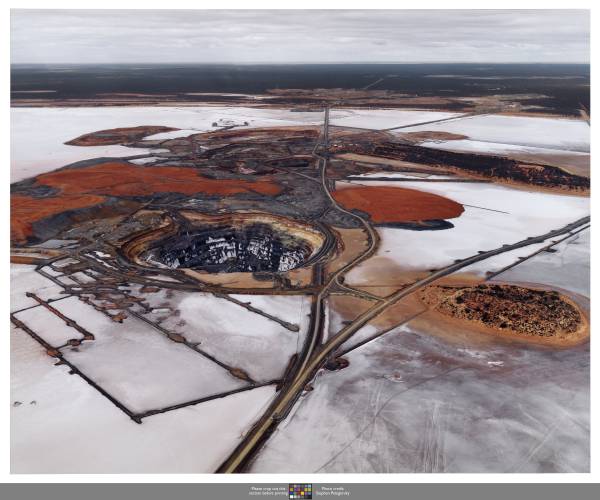





 Speaking of Nature: Motivated mother mink
Speaking of Nature: Motivated mother mink Conway Historical Society to explore ‘forgotten Founding Father’ Joseph Hawley
Conway Historical Society to explore ‘forgotten Founding Father’ Joseph Hawley Fun Fest to showcase day of music in Turners Falls on May 10
Fun Fest to showcase day of music in Turners Falls on May 10 Northfield’s Trinitarian Congregational Church marks 200th year, looks to continue its ‘living legacy’
Northfield’s Trinitarian Congregational Church marks 200th year, looks to continue its ‘living legacy’
